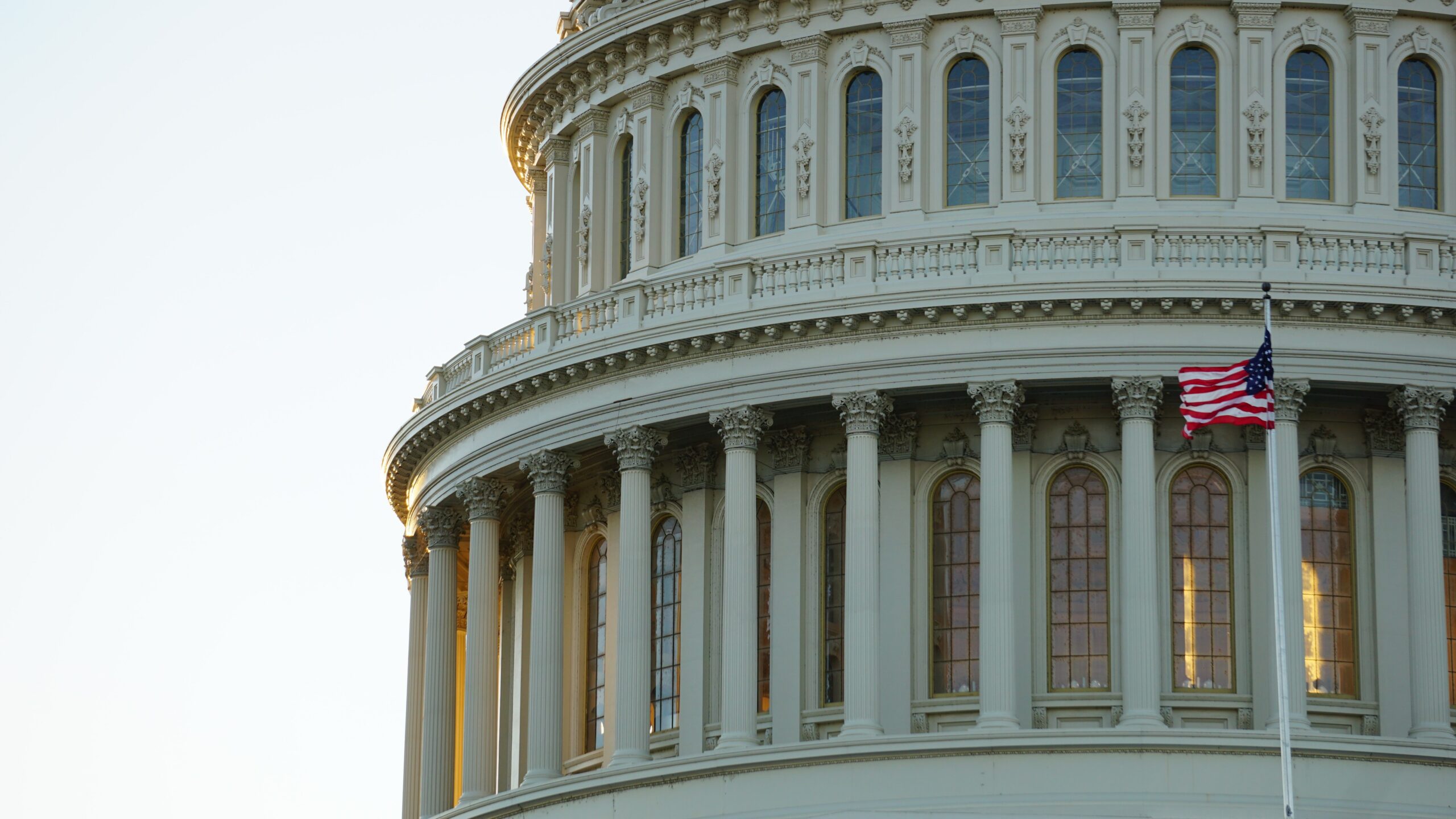FIA Supports S.1111, the Bipartisan ADVANCE Act, to Clarify Regulation of Commercial Fusion Energy
On April 3, Senators Shelley Moore Capito, the Ranking Member of the Senate Environment and Public Works (EPW) Committee, Senator Tom Carper, the Chairman of the EPW Committee, and Senator Sheldon Whitehouse, led a bipartisan group of cosponsors to introduce S.1111, the “Accelerating Deployment of Versatile, Advanced Nuclear for Clean Energy” (ADVANCE) Act of 2023.
Among many other provisions, this bill seeks to clarify Congressional guidance on fusion energy regulation. The legislation would clarify a section of the Nuclear Energy Innovation and Modernization Act of 2018 (NEIMA), which was signed into law in January 2019, that called for the U.S. Nuclear Regulatory Commission (NRC) to create a new rule for advanced nuclear technologies, including fusion energy, by 2027. The ADVANCE Act would remove fusion energy from that requirement, allowing the NRC to regulate fusion under existing regulations, without substantial new rulemaking.
The NRC, in the Options Paper (SECY-2023-0001) put forward in January, already asserted that the NRC’s byproduct material framework “would provide a technology-neutral basis for the licensing and oversight of the broad array of fusion energy systems currently under development” and that it did not need new legislation from Congress
The fusion industry looks forward to working with the bill’s sponsors and other Members of the Committee to support passage of this section in support of accelerating the pathway towards safe, sustainable commercial fusion energy.
Background
Fusion energy will be a clean, safe, and virtually limitless source of energy. However, for fusion’s breakthrough potential to be realized, it is important that fusion energy is not regulated in the same way as nuclear fission.
The regulation of nuclear fission has understandably been strict due to the potential dangers of radiation exposure and the catastrophic consequences of a nuclear meltdown. However, applying the same level of regulation to fusion energy would be a mistake.
Fusion does not pose the same risks as nuclear fission, as there is no possibility of a meltdown or catastrophic radiation release. Instead, the threats to the public are limited by the volume of the radiological materials in the fusion chamber. Throughout a public process over the last two years, the FIA and fusion companies have demonstrated in meetings sponsored by the NRC that the risks of fusion are significantly different from the risks of nuclear fission, while being similar technically and legally, to the regime already in place for accelerators, under Section 30.
Regulating fusion energy in the same way as nuclear fission would add unnecessary burdens to companies as they move towards fusion research, investment, development, and deployment, slowing down progress towards a clean energy future. Instead, the focus should be on ensuring that fusion energy research is conducted safely and responsibly, without hindering innovation.

